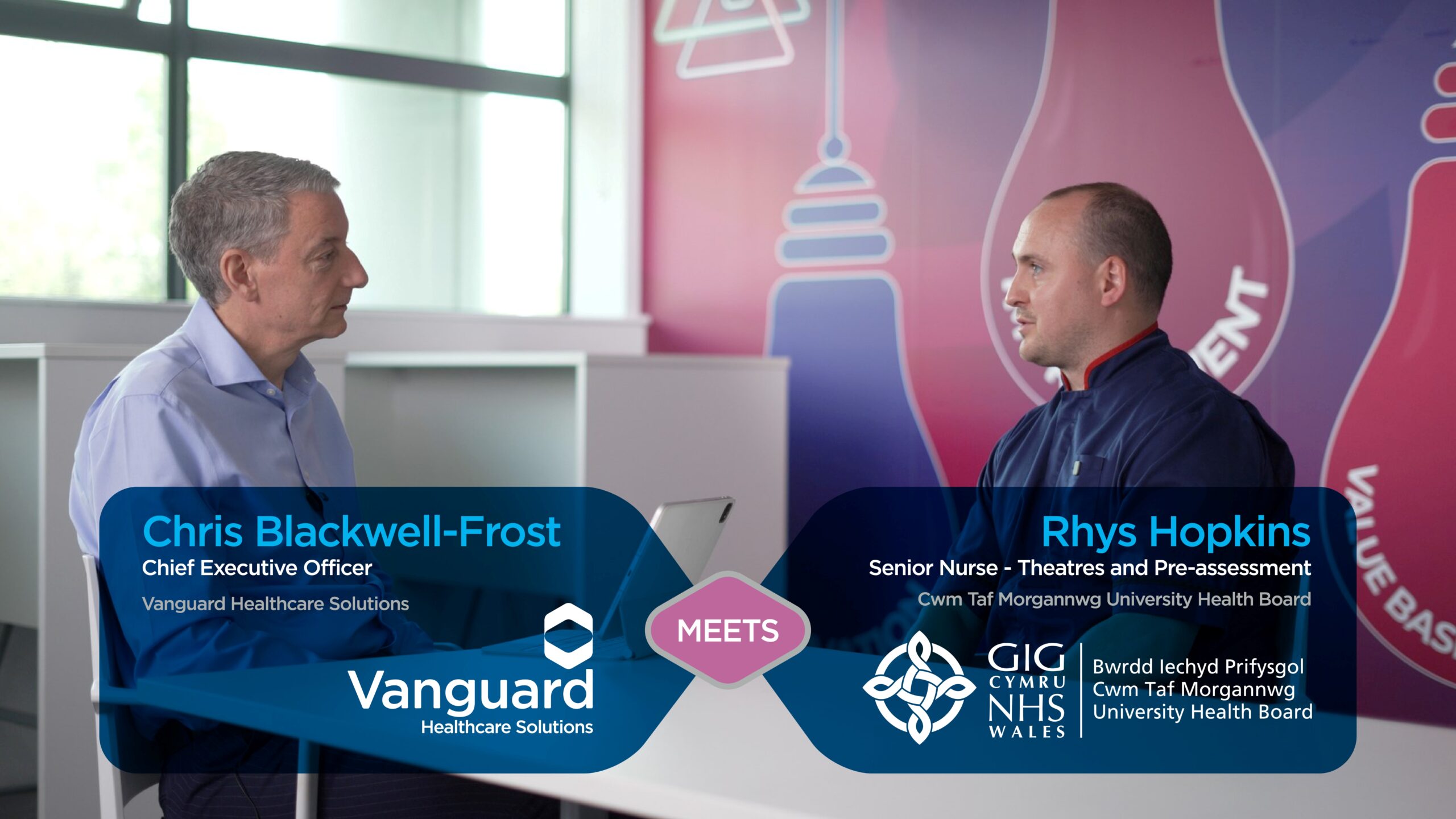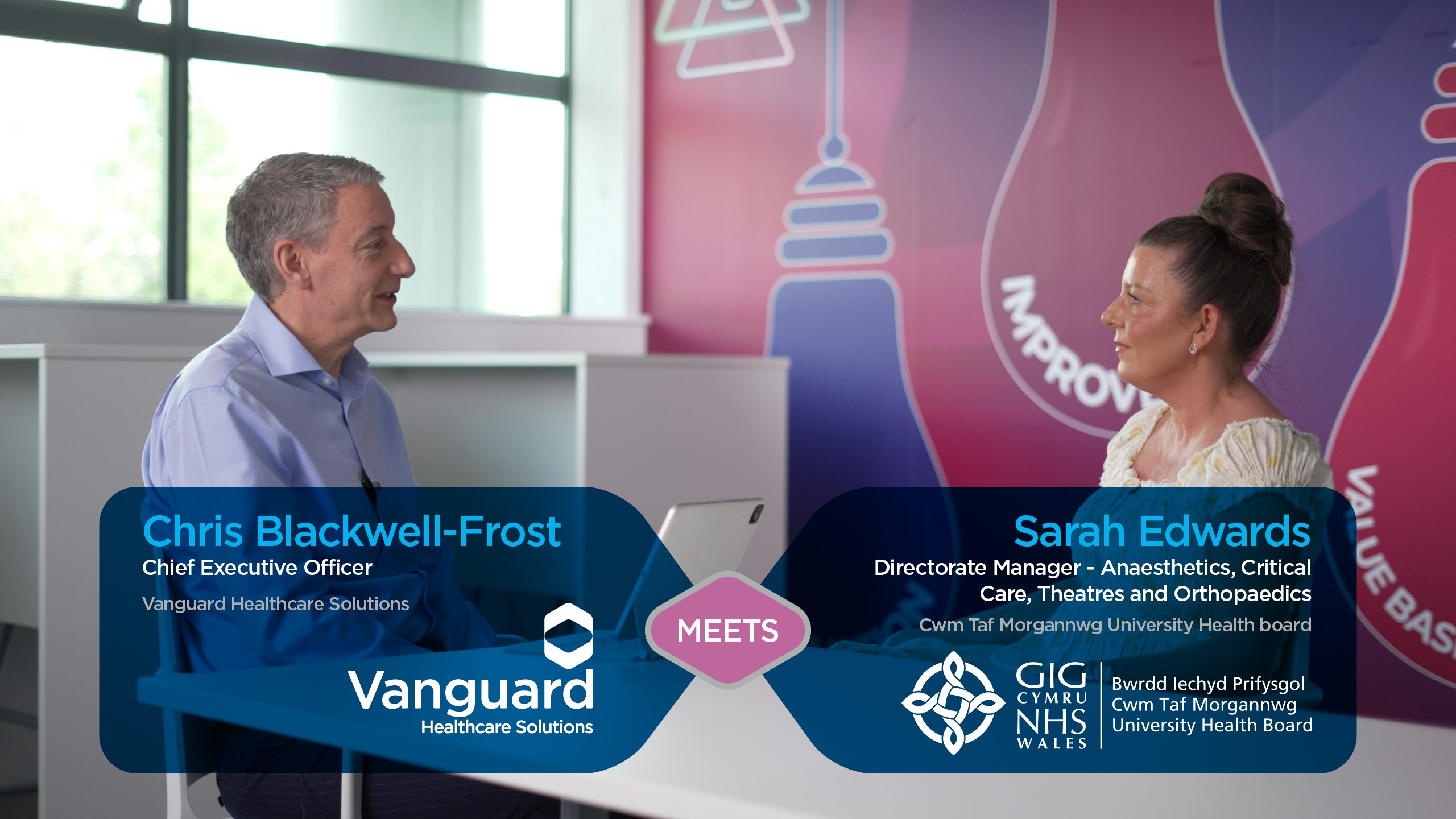It looks like you are in the United States
We have a different site (www.q-bital.com) which better suits your location
As planned surgery continues in hospitals, alongside the care of Covid-19 patients, transmission-based precautions remain crucial to minimising risk and ensuring procedures go ahead. But the rate of air changes possible in operating theatres is also a key factor.
Aside from reducing the risk of infection, the time that is required for aerosols to be cleared from clinical areas by ventilation systems can have a significant impact on the time needed between surgical and diagnostic procedures, and therefore efficiency levels in operating theatres and procedure rooms.
Minimising Risk
Risk factors with the potential to influence transmission of infection in theatres include the likelihood of patients having Covid-19 in the first place, which in turn depends on the adequacy and effectiveness of isolation and pre-screening of patients, as well as general prevalence of the virus and community transmission rates.
The level of risk when undertaking elective surgery and diagnostic procedures is also dependent on local adherence to relevant infection control precautions, such as patient preparation, hand washing and the use of appropriate PPE.
But even where a range of measures are taken for safe entry into the non-Covid pathway, such as self-isolation, screening for absence of symptoms, raised body temperature and negative antigen tests before admission, some level of risk still remains. To further reduce this risk, additional precautions are needed to ensure infection is not transmitted through the air.
Air filtration systems in operating theatres reduce the risk of infection from airborne particles. The HEPA filter ensures the air supplied into the theatre is clean, the air changes ensure fresh air is provided in a quantity sufficient to dilute particles in the room to a suitable level, while the positive pressure ensures the air entering the theatre does so in a controlled way.
Enhanced airborne precautions are needed when an aerosol-generating procedure (AGP) is performed on a patient known to be infected with Covid-19 or for whom the Covid-19 status is unknown, or a procedure is undertaken in a ‘hotspot’ location, as defined by Public Health England (PHE) guidance.
PHE currently define any operating theatre in which aerosol generating procedures are regularly undertaken as a ‘hotspot’ location or higher risk acute area. As a minimum, PPE for staff in theatres where aerosol-generating procedures are undertaken should include a fluid-resistant surgical mask to minimise the risk of droplet dispersal.
Aerosol-generating procedures can be divided into respiratory and surgical AGPs, with surgical AGPs generally likely to be of lower intrinsic risk, although may generate aerosols for longer periods. Examples of common AGPs are intubation, extubating, tracheostomy-related procedures, non-invasive ventilation, bronchoscopy, upper gastro-intestinal endoscopy and certain dental procedures.
How many air changes that are required for an operating theatre depends on the type of surgery undertaken in it, and the guidelines it needs to comply with.
While a standard operating theatre needs to have 20 air changes per hour, this rate is regularly exceeded and laminar flow theatres tend to have a much higher rate than that. Laminar flow systems allow for airflow to be more tightly controlled across the operating area.
Widely accepted international guidelines refer to data indicating that each air change removes approximately 63% of airborne contaminants, with >99% being removed after five air changes. Based on this assumption, only 0.004% of the circulating aerosols remain after 10 exchanges. Although there is limited evidence to support this method of calculation, it is widely used, and the PHE guidance refers to it.
How long a particular number of air changes take to perform depends on the ventilation system in the theatre, room or building used. The calculation for the ‘aerosol clearance time’ (ACT) - the time taken in minutes for an air exchange in a room - is 60 divided by the number of air changes per hour measured or estimated for that room. The resulting time in minutes is then multiplied by the number of air changes required.
However, generic guidelines and recommendations should be used with caution. In reality, aerosol clearance times depend on room characteristics, and are location-specific. In order to work out the aerosol clearance time for an individual room or theatre, the health service must know the air exchange rates for each theatre location. While most operating theatres have a high ventilation rate, generally at 20 or more air changes per hour, this can vary and there is a statutory requirement for ventilation rates to be measured every 14 months.
A letter published by the Association of Anaesthetists in June suggested that an aerosol clearance time (ACT) equal to the time it takes for five air changes to cycle through - as measured for a particular theatre - should be left between procedures to allow for sufficient aerosol clearance. This recommendation is commonly referred to, however, estimates from other sources range from two ACTs up to 10-15 ACTs.
Based on the assumption that five air changes are required between procedures, a standard operating theatre with 20 air changes per hour would need a 15-minute clearance time. Laminar flow theatre ventilation systems can have a much higher number of air changes per hour, meaning a shorter time is required between procedures.
It is up to each health provider to decide on its own policy in terms of what air change frequency is acceptable for the safe clearance of aerosols, based on their known air exchange rates in clinical areas. While typical ranges for different types of facilities are available, using estimates rather than hard data can be connected with risk.
In addition, for Covid-positive patients or patients whose Covid status is unknown, negative pressure may be required to reduce the risk of infection outside the theatre environment.
Improving theatre turnaround times
Regardless of the number of air changes a hospital has between procedures, there is no doubt that the policy each hospital decides on can have substantial implications on theatre productivity levels. A reduction in the time taken for each air change, and therefore theatre waiting times, can lead to effectiveness gains and directly impact how many patients can be treated in one day.
The higher the airflows and the number of air changes an hour that are possible in a room or theatre, the faster aerosols can be cleared, and the quicker the patient turnaround times can be. Although the difference and the time saved in between each procedure may seem small, it can make a substantial difference over the number of procedures undertaken in a day or a week, ultimately reducing patient waiting times for planned surgical and diagnostic procedures.
Mobile and modular operating theatres represent highly controlled environments, which facilitates the calculation of the number of air changes required in each case. As well as adding capacity to help reduce waiting lists, these units can in some cases offer a higher number of air changes per hour than a hospital’s internal facilities, increasing throughput even further.
Vanguard’s mobile operating theatres and endoscopy suites offer HEPA-filtered environmental air with up to 30 fresh air changes per hour passing over the patient, while a mobile laminar flow theatre can perform up to 60 air changes per hour in the theatre room.
Further information is available in ‘Managing theatre processes for planned surgery between COVID-19 surges’, a joint guidance document by The Faculty of Intensive Care Medicine, the Intensive care Society, the Association of Anaesthetists and the Royal College of Anaesthetists, also endorsed by the Royal College of Surgeons of England.
The Royal College of Surgeons of England, the Association of Laparoscopic Surgeons of Great Britain & Ireland and an intercollegiate group of surgical organisations have also published guidance documents on surgical aspects of planned pathways and patient management during Covid-19.



Vanguard Healthcare Solutions
Unit 1144 Regent Court, The Square, Gloucester Business Park, Gloucester, GL3 4AD

We have a different site (www.q-bital.com) which better suits your location